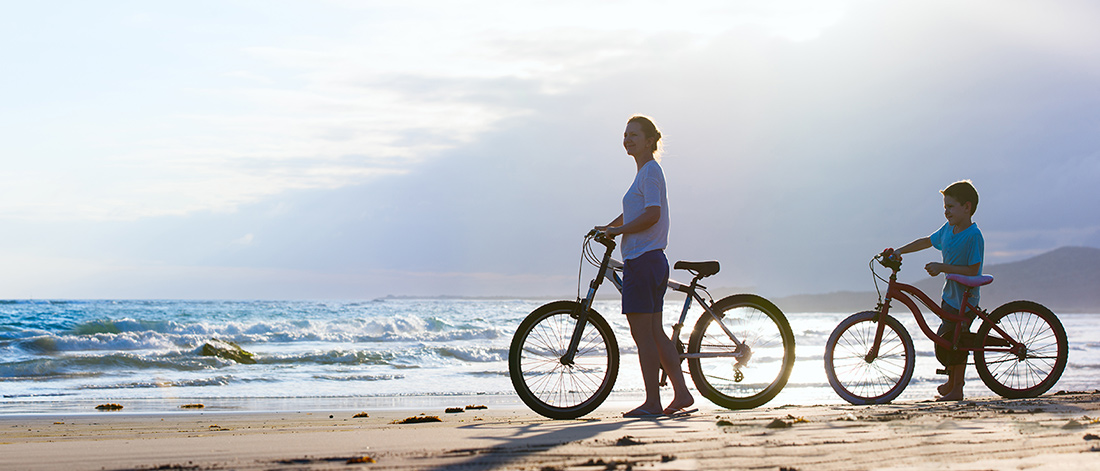Autism Spectrum Disorders are now estimated to affect one in 45 children in the US. Additionally one in six children is now being diagnosed with a developmental disorder.
Increasingly, research and clinical practice shows that these conditions are related and largely environmentally and medically caused and preventable. Genetic and epigenetic factor seem to play a role by increasing susceptibility to medical and environmental toxins. Autism and related disorders constitute a heavy burden on families and society at large and there is an urgent need for the prevention of these crippling disorders.
Here are some autism facts from the US; Canadian date are estimated to be similar:
- Autism prevalence is growing by 17% a year.
- More children will be diagnosed with autism this year than with AIDS, diabetes & cancer combined
- An estimated 1 out of 42 boys and 1 in 189 girls are diagnosed with autism in the United States.
- Approximately 100 individuals are diagnosed every day with autism in the U.S.
- Autism is the fastest-growing serious developmental disability in the U.S.
- Autism costs the nation over $238 billion per year, a figure expected to significantly increase in the next decade (Data from http://www.tacanow.org/family-resources/latest-autism-statistics-2/, accessed February 15, 2016)
In the UK autism is already more expensive than cancer, heart disease and strokes combines.
There is an increasing body of research as well as clinical data linking autism and related disorders to numerous environmental causes, most of which a parent has control over.
Here are some things you can do:
- Both parents should ideally prepare for the pregnancy by optimizing their nutritional status. For at least six months if not a year eat an organic diet low in sugar, food additive, white flour and sugar and supplement with Vitamin D, trace mineral, folic acid, calcium and fish oil.
- A 2006 report from the CDC found that the average American had 116 of 148 synthetic compounds tested for, including dioxins, polycyclic hydrocarbons and organochloride pesticides. The compounds were also found in human breast milk, placental tissue, umbilical cord blood and the blood and fat of infants.
- Address toxicity issues prior to pregnancy if you have taken a lot of medication in your life, including antibiotics, steroids, acne medication, recreational drugs, have worked around exhaust, in chemical agriculture, with paint or other chemical exposure. These substances appear to create epigenetic changes that can affect the risk of autism and other developmental disorder in offspring. If you needed fertility treatment to conceive be aware that this can also increase the risks of developmental disorders. See a naturopathic physician for guidance with detoxification of these factors.
- Get rid of all chemical from your home. The average home contains between 3-10 gallons of hazardous chemicals and 85% of registered chemicals have never been tested for their effect on the human body or developing baby. Optimize your microbiome, a crucial factor in autism, by consuming fermented foods and supplementing with probiotics. The baby will inherit it’s microbiome from the mother.
- Address candida overgrowth and food allergies with the help of an ND.
- Do not live near highways or conventional farms using pesticides, these factors have been linked to an in increased risk of autism.
- The pregnancy and first two years of the child’s life are crucial to normal nervous system development. The developing brain is highly sensitive to chemicals and also dependent on good nutrition. Keeping this in mind try to have the best diet possible and avoid all chemical exposure during pregnancy, especially the use of medical drugs. Antidepressants, such as SSRIs, anti-nausea medication, antibiotics, steroids, Tylenol and other meds have all been linked to autism either in research studies or clinical practice. See a naturopathic physician to deal with any health issues arising during pregnancy.
- Avoid ultrasounds if possible. The more ultrasounds a woman receives during pregnancy the higher the risk of autism in the child. Avoid vaccines during pregnancy, no vaccines have been safety tested on pregnant women. Obviously avoid recreational drugs such as marihuana. Optimize Vitamin D status to 150 nmol/L. VIt D may be a crucial nutrient in the prevention of autism.
- Minimize medical interventions during labour and delivery if at all possible. Have a midwife and/or doula attending the birth, preferably someone with training in homeopathy and acupuncture to help deal with pain and any complications. Have a home birth if possible to avoid exposing the infant to dangerous hospital bacteria at birth.
- Anaesthesia is linked to behavioural and developmental issues and C-section don’t allow for normal vaginal microflora exposure. In case a C-section is needed the newborn should be exposed to the mother’s vaginal flora by inserting gauze into the vagina and rubbing the baby down with it after birth.
- Breast-feed the infant and strictly avoid giving all medications, especially antibiotics. The gut microbiome is increasingly being implicated in the development of autism and antibiotics can permanently alter it. Avoid Tylenols as its use has also been linked to autism as well as asthma and other health issues. Be very careful with vaccines, especially if there is a family history of allergies and/or auto-immune conditions or a family history of tuberculosis and cancer. These conditions can mean that your child is at an increased risk of adverse events from vaccines, including autism. If vaccines are desired delay them, space them and be very selective. Clinical experience has shown that using a more selective vaccine schedule helps to prevent the risk of autism. Consider not vaccinating at all.
- If you want to circumcise your baby wait until the child is at least two years old. Circumcision has been linked to autism in research studies due to Tylenol use for pain control.
- Avoid plastic containers and baby bottles, or at least ensure that they are bisphenol free. In general continue to avoid all household chemicals and continue a high quality organic diet.
These recommendations should go a long way to preventing serious life-long developmental disorders.
Dr. Anke Zimmermann, ND







